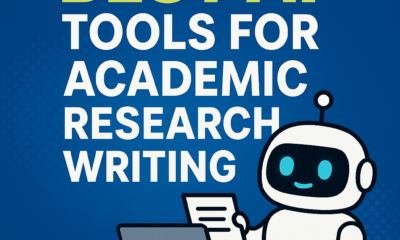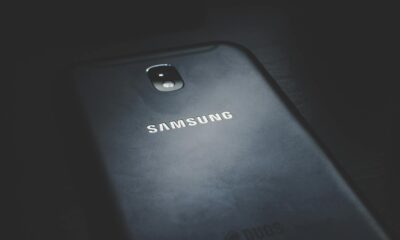Technology
The Best Text-to-Image Generation Platforms: Bing AI Image Generate, DALL·E-3, Google Bard Image Generate, Facebook Image Generator
The digital age has seen the rise of text-to-image generation platforms like Bing AI Image Generate, DALL·E-3, Google Bard Image Generate, and Facebook Image Generator. These platforms use advanced AI to create accurate and detailed images from text prompts. While promising, they’re still developing and must be used responsibly considering ethical implications.

In today’s digital age, text-to-image generation has become an increasingly popular field of research and development. With advancements in artificial intelligence (AI) and machine learning, several platforms have emerged that can generate images based on text inputs. In this article, we will explore some of the best text-to-image generation platforms available, including Bing AI Image Generate, DALL·E-3, Google Bard Image Generate, and Facebook Image Generator.
Bing AI Image Generate
Bing AI Image Generate is a text-to-image generation platform developed by Microsoft. It utilizes state-of-the-art AI models to generate high-quality images based on textual descriptions. The platform leverages a vast dataset to understand the context and semantics of the input text, ensuring accurate and visually appealing image generation. Bing AI Image Generate is known for its ability to produce realistic and contextually relevant images.
DALL·E-3
DALL·E-3 is an advanced text-to-image generation platform created by OpenAI. It is built upon the GPT-3 model, which has been trained on a massive dataset of text and images. DALL·E-3 is capable of generating highly detailed and imaginative images based on textual prompts. It can understand complex descriptions and produce visually stunning outputs. The platform has gained significant attention for its ability to generate unique and creative images.
Google Bard Image Generate
Google Bard Image Generate is a text-to-image generation platform developed by Google. It utilizes a combination of deep learning techniques and natural language processing to generate images based on textual inputs. The platform focuses on generating images that are relevant and visually appealing. Google Bard Image Generate is known for its user-friendly interface and the ability to generate images quickly and efficiently.
Facebook Image Generator
Facebook Image Generator is a text-to-image generation platform developed by Facebook’s AI research team. It utilizes advanced AI models to generate images based on textual descriptions. The platform focuses on generating images that are visually coherent and aligned with the input text. Facebook Image Generator is known for its ability to generate images with fine-grained details and accurate representations.
Each of these text-to-image generation platforms has its unique strengths and capabilities. They all leverage sophisticated AI models and algorithms to understand and interpret textual descriptions, resulting in the generation of visually appealing images. However, it is important to note that these platforms are still in the early stages of development and may have limitations in terms of image quality, diversity, and context understanding.
When using these platforms, it is crucial to provide clear and concise textual descriptions to obtain the desired image outputs. The platforms work best when given specific instructions and detailed prompts. Additionally, it is important to consider the ethical implications of generating images using AI, as there may be copyright and privacy concerns surrounding the use of certain images.
Conclusion
In conclusion, the field of text-to-image generation has seen significant advancements in recent years. Platforms such as Bing AI Image Generate, DALL·E-3, Google Bard Image Generate, and Facebook Image Generator showcase the potential of AI in generating visually appealing and contextually relevant images based on textual inputs. As these platforms continue to evolve, we can expect even more impressive results in the future.


















